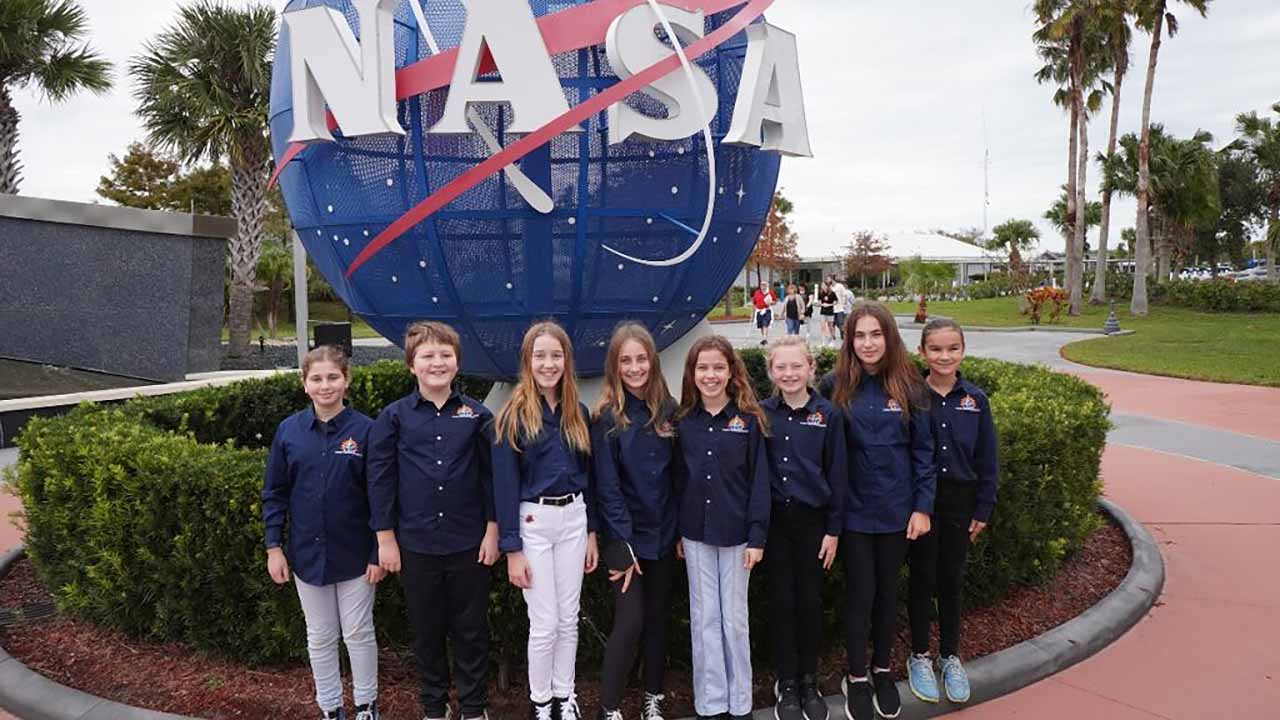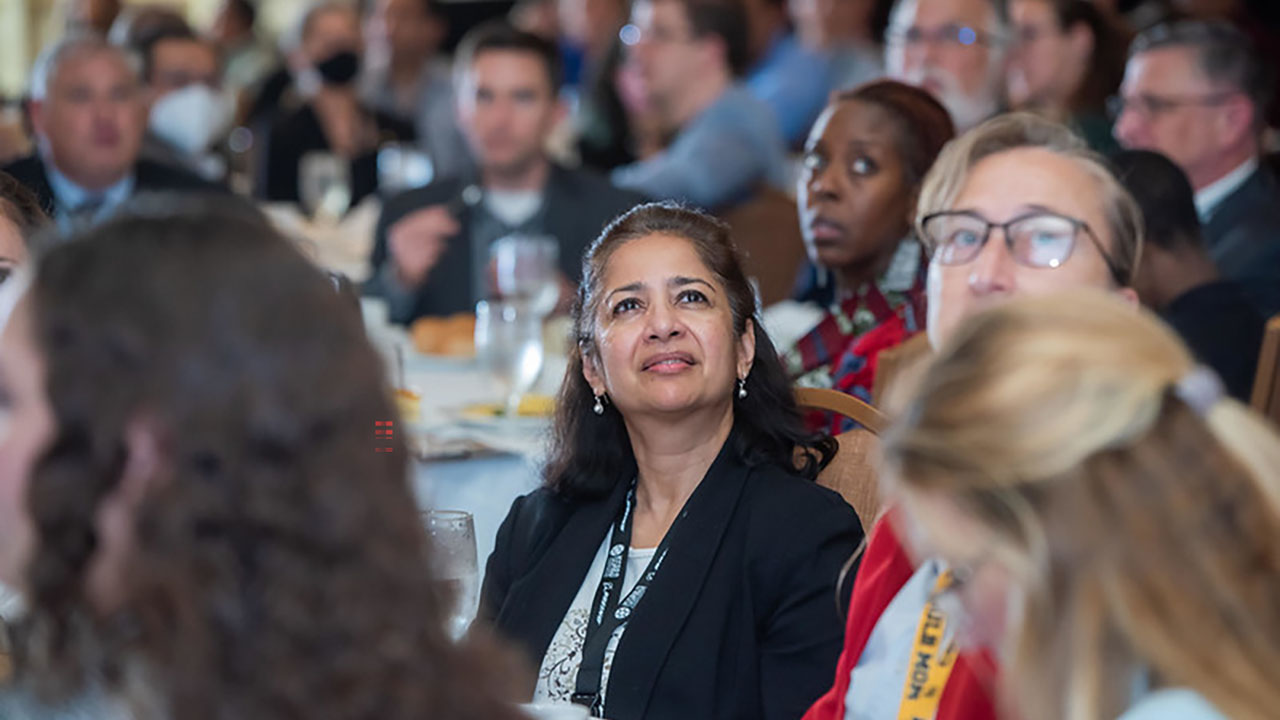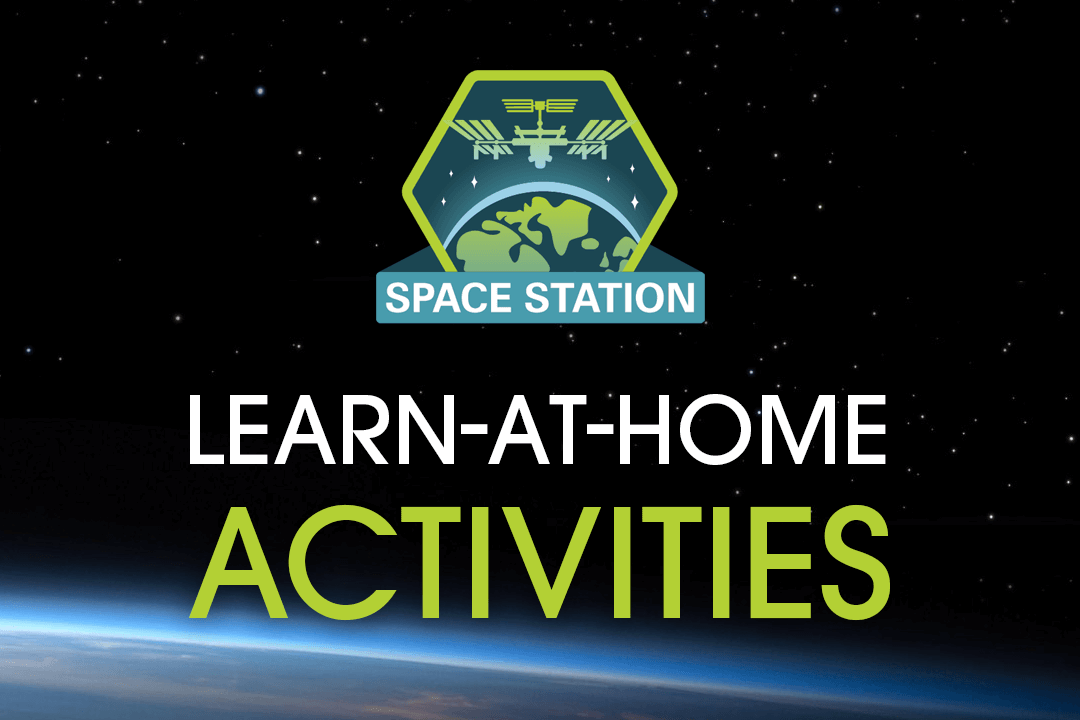This article was written by students from iLEAD Schools, a network of charter schools in California. Through a partnership between iLEAD Schools and Space Station Explorers partner program DreamUp (an educational spinoff company from ISS National Lab Commercial Service Provider Nanoracks), iLEAD students design experiments that are launched to space to be done onboard the ISS.
Space Station Explorers is a community of educators, learners, and organizations that leverage the unique platform of the ISS National Lab to provide valuable science, technology, engineering, and mathematics (STEM) educational experiences. To learn more about DreamUp and other Space Station Explorers partner programs, visit www.ISSNationalLab.org/STEM.
During the pandemic lockdown, iLEAD California Charter School students were given the opportunity to participate in an eight-week iLEAD DreamUp to Space Experiment Design Challenge. Through the challenge, students learned about the International Space Station (ISS), microgravity, and experimental design, and approximately 50 student-authored proposals were submitted. Our proposal, featuring Zostera Marina, a type of seagrass that grows off the California coastline, was one of two experiment proposals selected by a panel of aerospace experts to be launched to the ISS.
After the selection, fifth grade twins Teya and Caydin, the principal investigators who designed our experiment, interviewed and chose six fourth and fifth graders (Maya, Naya, Sadie, Enzo, Jersey, and Peyton), who represented three different iLEAD California schools, to join Team Seagrass. These eight learners came together to send seagrass to the ISS.
Optimizing Our Experiment

The team helped each other out of the mud while collecting seagrass samples during the King low tide at the Elkhorn Slough National Estuarine Research Reserve.
Media Credit: Image courtesy of iLEAD CA Charter Schools
Seagrass, or its Latin name, Zostera Marina, has many fascinating benefits, including its ability to level pH, improve water clarity, and absorb carbon dioxide 35 times faster than the Amazon rainforest! It is also a foundational organism in the estuarine ecosystem. In fact, one patch of seagrass located in the Mediterranean Sea is thought to be the oldest living organism, while a different patch of seagrass found off the coast of Australia is considered the largest single organism on the planet.
The experiment we developed included observing the lacunae (gas bubbles located inside the blades of the Zostera Marina that allow the plant to float upright) to see if they changed shape or size when exposed to microgravity because air and gas bubbles behave differently in space. If the lack of gravity altered the lacunae and made the grass unable to float, it would potentially lower the benefits that seagrass might have in a space environment. As a foundational species, seagrass could help create an ecosystem for experimentation and observation of aquatic environments as well as provide oxygen to a space station.
From 2021 to 2023, we studied seagrass and estuaries (the ecosystem it grows in) and continued to learn about microgravity and the scientific process of experiment optimization. We found and frequently worked with experts who taught us not only about seagrass but also about estuaries, wildlife, and California coastal ecosystems. We also spoke with NASA scientists and met with them to figure out how to optimize our experiment and get the best results.
Sending Our Project to Space
To prepare our project, we visited the Elkhorn Slough National Estuarine Research Reserve in Central California. Our team was hosted by Kenton Parker, Elkhorn Slough Reserve director of education (retired), and Peggy Foletta, Elkhorn Slough Reserve education specialist and GLOBE Program master trainer. We got to visit the mud flats during the low tide to collect samples while exploring and learning about the slough and the environmental challenges of restoring and maintaining an estuary reserve. We also worked in the labs! We even had the opportunity to learn about the link between otters and seagrass from the lead ecologist who is responsible for the repopulation of otters in the wild in northern California. These were fun and unique experiences!

Media Credit: Image courtesy of iLEAD CA Charter Schools
Prior to the launch, our team again traveled to Elkhorn Slough to collect fresh seagrass samples at the King low tide. We then loaded our fresh sample into a special tube called a Mixstix (provided by Nanoracks), which was then sent to be loaded onto the Dragon spacecraft for SpaceX’s 26th Commercial Resupply Services mission. Our entire team and families journeyed to Florida to watch the launch in late November 2022. Unfortunately, the launch was scrubbed just minutes before blast off. Some families had to return home for Thanksgiving while a few stayed and watched our experiment launch a week later.
To do our postflight analysis, our team met at Elkhorn Slough. We found that the space sample floated in water better than the Earth sample. However, the seagrass from space did not survive and was in a state of decay, which was surprising because it had survived for many weeks during our experiment optimization. If we had a chance to send seagrass to space again, we would want to use a centrifuge and would not introduce any alcohol into the sterilization process.
Sharing Our Experience
This project has provided many opportunities for us to speak in public and share our experiences as microgravity scientists. We presented alongside other scientists who sent experiments to the ISS, including other students from the U.S. and graduate students from the European Union. Some of us also presented our science poster at the 2022 American Society for Gravitational and Space Research Conference, where the other presenters were all high school and college students! We’ve learned public speaking skills and strategies to overcome fears because, for some of us, it was our first time to do public speaking!
Next, we will present our experiment at the 2023 GLOBE Pacific Symposium! We now know that no matter what age you are, you have the capability to follow your dreams and pursue any job you want to. For example, we were 11-and-12-year-olds who did something many people have never done—we sent an experiment to space and wrote an article about it for the ISS National Laboratory!
Meaningful Mentors
We received guidance and support from Kathrine Beheshti, assistant researcher at the Marine Science Institute at the University of California, Santa Barbara and Jacob Cohen, NASA Ames chief scientist, as well as our iLEAD mentors, Kathleen Fredette, director of STEAM initiatives, and Shawna Melville, STEAM program specialist.







